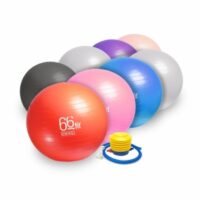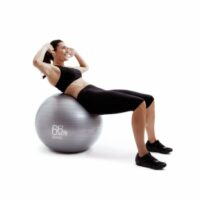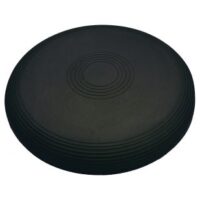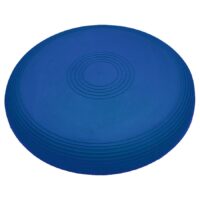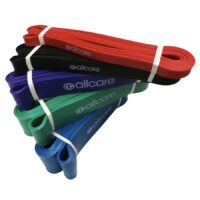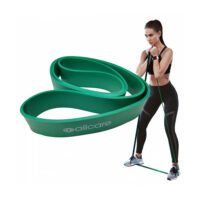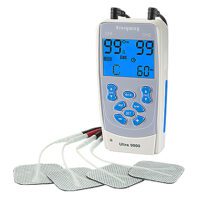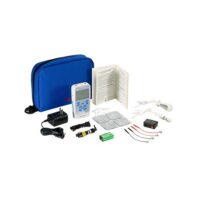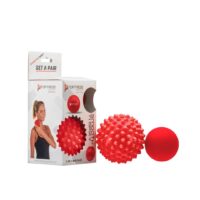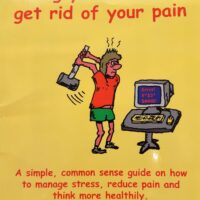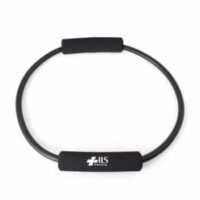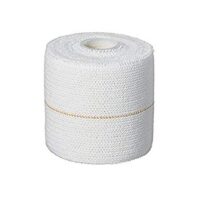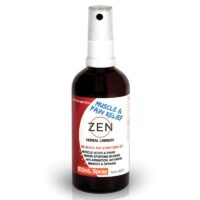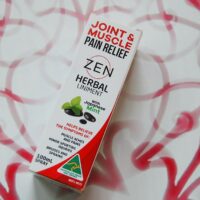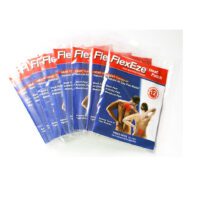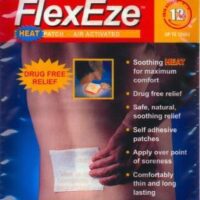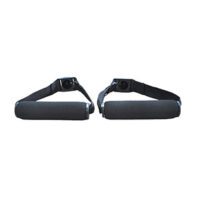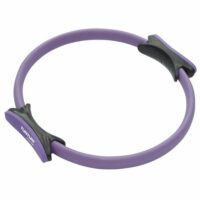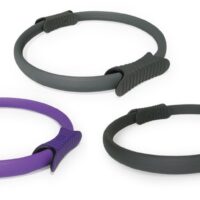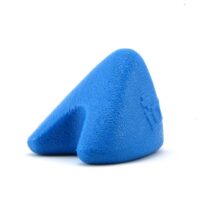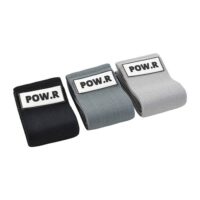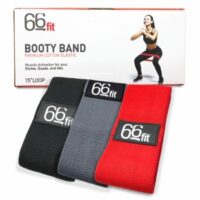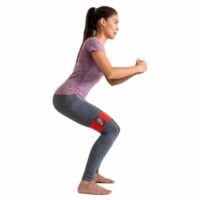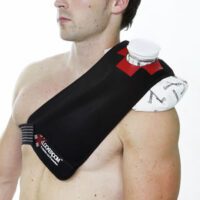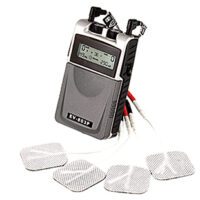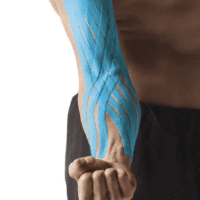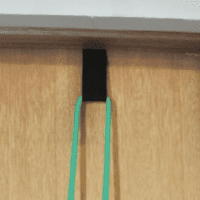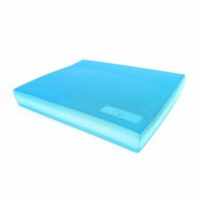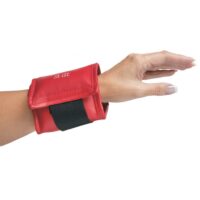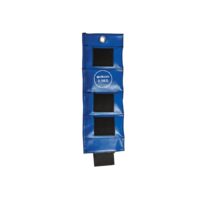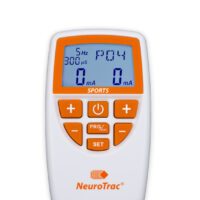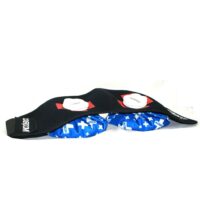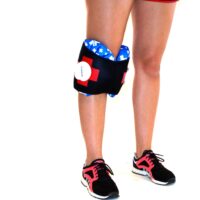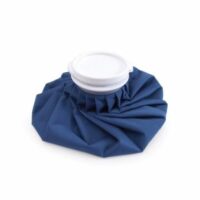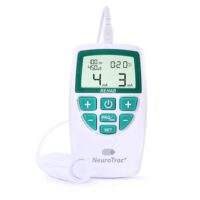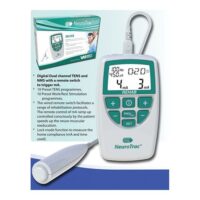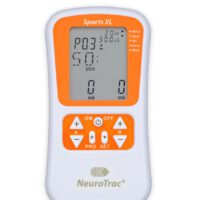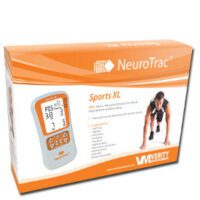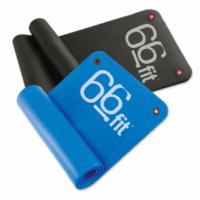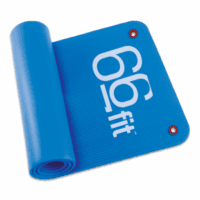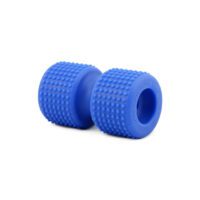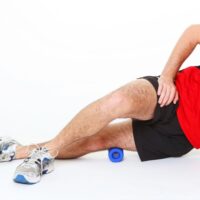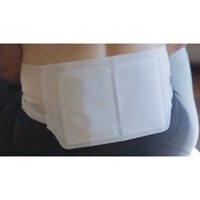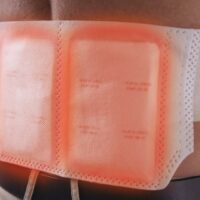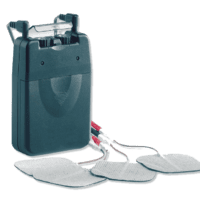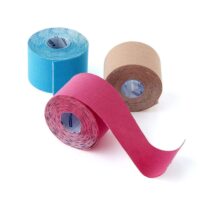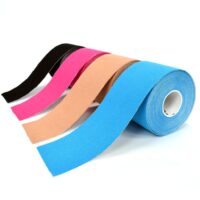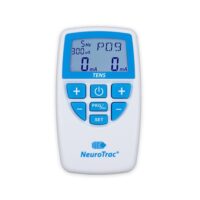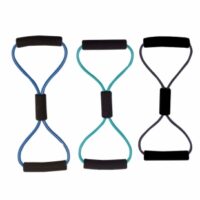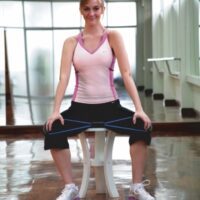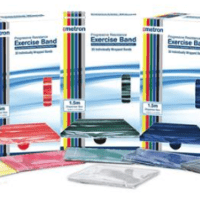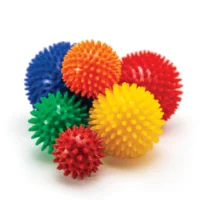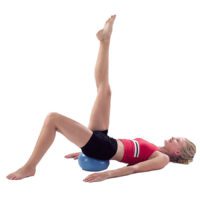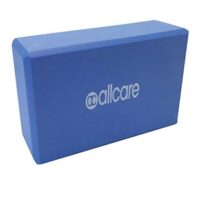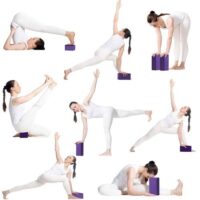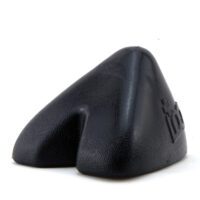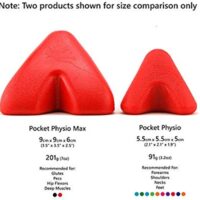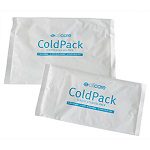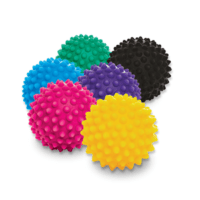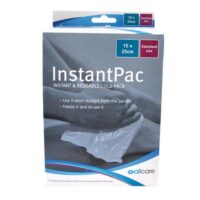
Running Injuries
We know that running gives you both pain and joy. Running gets you fit and keeps the weight down. It clears your mind. It works your body. We also know how much an injury can slow you down, both physically and mentally.
Looking back through history, we evolved to be able to run and to be able to run long distances. The human body is a mechanical masterpiece in many ways in which it can store and reuse energy. For instance, your Achilles tendon can store up to 30% of the energy your calf muscle generates, and like an elastic band, ‘snap’ back to help lift your heel off the ground as you run. These changes let our bodies run efficiently for long periods.
Why Do Runners Get Injured So Easily?
Just because we are made to run doesn’t make us great runners. For many reasons, many runners develop injuries each year.
At any one time, approximately 25% of runners will have an injury. Most of the time, it comes down to a change in workload. Given enough time, our bodies are very good at adapting to increased workloads.
If we gradually increase the distances we run, the muscle, tendon, and bone cells can respond to this increased workload and increase their ‘strength’ and endurance. If, however, we increase this workload too quickly, these structures start to break down.
Changes in workload can be due to a change in:
- Distance / time / intensity of training
- Terrain, e.g. more hills, harder ground
- Footwear
- Running technique
Running injuries are common and often affect the hips, knees, ankles, and feet of runners. The impact and stress of running are sometimes hard on the muscles and joints, especially if you ignore early injury signs.
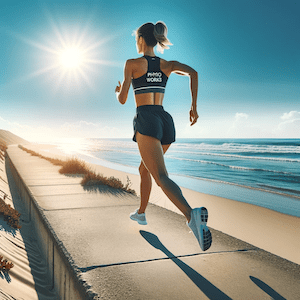
How Can Physiotherapy Help Runners?
Your physio will look at several areas to determine what may have led to your injury, including:
- your running biomechanics – using video analysis, we can slow down and look at the various components of your running technique
- footwear advice suitable to your foot
- training load – what is good, too much, too little
- joint range, muscle length and overall flexibility
- muscle strength: core control, foot arch control, hip, knee and lower limb control.
Once your physio has identified the factors that have led to your running injury, they will look to work with you to get you back into running as soon as possible. Your running injury may require a short period of rest to allow some healing to occur, during which time cross-training may be a good option to maintain your fitness. Your physiotherapist, who has a special interest in running injuries, is the best person to advise you.
How to Avoid Running Injuries
The best way to avoid running injuries is to prevent them. These tips can help both novice and elite runners prevent running injuries:
- Perform an individually customised Warm-Up & Cool Down routine specific to your body’s needs.
- Wear footwear suitable for your foot structure
- Plan your training to avoid overtraining
- Increase your training by no more than 10% per week
If you do develop an ache or pain, it is likely to be a running injury. If you are not sure how to best manage your running injury, please consult your physiotherapist for professional assistance.
Most Common Running Injuries in Detail
Running is one of the easiest and most popular ways to stay fit. It is also one of the easiest ways to develop an injury. Running injuries are common and often affect the hips, knees, ankles, and feet of runners. The impact and stress of running are sometimes hard on the muscles and joints, especially if you ignore early injury signs.
Running is one of the easiest and most popular ways to stay fit. It is also one of the easiest ways to develop an injury. Running injuries are common and often affect the hips, knees, ankles, and feet of runners. The impact and stress of running are sometimes hard on the muscles and joints, especially if you ignore early injury signs.
- Common Running Injuries
- What are the Early Warning Signs of an Injury?
- Barefoot Running: Your MUST-READ Guide to the Pros and Con’s.
- Running Recovery: 6 Helpful Tips
- Post Run Soreness. Should You Be Concerned?
For professional guidance on best rehabilitating your running injury, please consult one of our running physiotherapists.
Common Treatments for Running Injuries
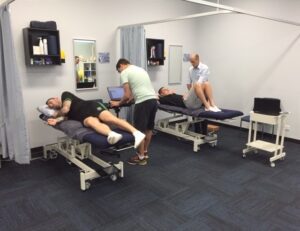
Treatment for your running injury may include:
- massage or dry needling to help improve muscle length and reduce pain
- a stretching programme for muscle length
- joint mobilisation for stiff joints
- strapping to offload the injury and improve biomechanics
- specific exercises to help strengthen weakened muscles at the foot, knee, hip and trunk, and core
- working with a podiatrist for an orthotic prescription if required, and
- working with your running coach to discuss your training regime.
Please consult your running with a physiotherapist who has a particular interest in running injury management.
Article by John Miller
Common Running Injuries
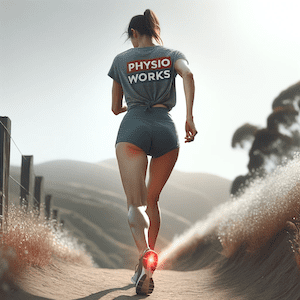

Running is a popular and accessible exercise cherished for its ability to keep individuals fit and healthy. However, this high-impact activity also comes with the risk of developing injuries. Runners commonly experience pain and discomfort in various areas of their bodies, particularly in the hips, knees, ankles, and feet. The repetitive impact and stress on muscles and joints during running can take a toll, mainly if you disregard early signs of injury.
This article aims to shed light on common running injuries, covering a range of conditions that runners may encounter, starting with knee, shin, and calf injuries. It also provides information on the runner's knee, ITB syndrome, shin splints, stress fractures, and more. Understanding these injuries and seeking appropriate treatment is vital for maintaining a safe and enjoyable running experience. If you require further guidance concerning your running assessment, do not hesitate to contact the experienced team at PhysioWorks.
Read the full article on common running injuries from the links below.
Knee, Shin and Calf Injuries
Knee Pain
- Runners Knee
- ITB Syndrome
- Patellofemoral Pain Syndrome
- Patellar Tendinopathy
- Chondromalacia Patella
- Meniscus tears
- Plica Syndrome
- Fat Pad Syndrome
- Popliteus Tendinopathy
- Bursitis Knee
- Pes Anserinus Syndrome
- Knee Arthritis
Children’s Knee Conditions
Shin Pain
Calf Pain
Achilles, Ankle, Heel & Foot Conditions
Achilles and foot tendinopathies are common conditions that can affect runners and cause significant discomfort and limitations in their training. The Achilles tendon, peroneal tendons, Tibialis posterior tendon, and FHL tendon are prone to developing tendinopathies, characterised by pain, stiffness, and inflammation in the affected areas. Achilles tendon rupture may occur in severe cases, requiring immediate medical attention. Additionally, runners may experience retrocalcaneal bursitis, heel injuries such as Severs Disease and heel spurs, and various foot injuries like plantar fasciopathy (plantar fasciitis), metatarsalgia, Morton's neuroma, and foot stress fractures.
This article section aims to provide valuable insights into these conditions, their causes, symptoms, and potential treatment options to help runners better understand and address these issues. To learn more about Achilles and foot tendinopathies and other running injuries, continue reading the full article via the link.
Achilles and Foot Tendinopathies
- Achilles Tendinopathy
- Achilles Tendon Rupture
- Peroneal Tendinopathy
- Tibialis Posterior Tendinopathy
- FHL Tendinopathy
Ankle Injuries
Heel Injuries
Foot Injuries
- Plantar Fasciopathy (Plantar Fasciitis)
- Metatarsalgia
- Morton's Neuroma
- Foot Stress Fracture
- Pes Planus (Flat Feet)
Thigh, Hamstring, Groin & Hip Injuries
Thigh and hip injuries are common occurrences among runners and can significantly impact their training and performance. These injuries include pulled thigh muscles, hamstring strains, groin strains, ITB syndrome, proximal hamstring tendinopathy, and hip joint pain.
Conditions like hip arthritis, hip labral tear, femoroacetabular impingement (FAIS), lateral hip pain, gluteal tendinopathy, greater trochanteric pain syndrome, adductor-related groin pain, and hip flexor strains can also affect runners. The article aims to provide comprehensive information on these conditions, including their causes, symptoms, and potential treatment options, empowering runners to understand better and manage these injuries. To gain a deeper understanding of thigh and hip injuries and other common running injuries, continue reading via the article link.
Thigh & Hamstring Pain
Hip Joint Pain
Lateral Hip Pain
Adductor-related Groin Pain
Muscle, Bone & Back Injuries
Finally, muscle, bone and back injuries are frequent concerns among runners and can significantly affect their training progress and overall performance.
Common muscle injuries include thigh muscle strains, hamstring strains, calf strains, ITB syndrome, popliteus syndrome, cramps, and DOMS (Delayed Onset Muscle Soreness). These conditions often arise from the repetitive nature of running and can cause pain, discomfort, and limitations in movement.
On the other hand, bone injuries such as stress fractures, particularly in the feet, Severs Disease, juvenile osteochondritis dissecans, heel spurs, shin splints, and lower back pain can also be prevalent among runners. Understanding the causes, symptoms, and appropriate management techniques for these muscle and bone injuries is crucial for runners to ensure a safe and effective training routine.
These articles provide comprehensive insights into these conditions, offering guidance on prevention, treatment, and recovery strategies. To learn more about muscle, bone and back injuries commonly experienced by runners, continue reading the full article via the link.
Muscle Injuries
- Common Muscle Injuries
- Thigh Muscle Strain
- Hamstring Strain
- Calf Strain
- ITB Syndrome
- Popliteus Syndrome
- Cramps
- DOMS – Delayed Onset Muscle Soreness
Bone Injuries
- Stress Fracture
- Stress Fracture Feet
- Severs Disease
- Osteochondritis Dissecans
- Heel Spur
- Shin Splints
Lower Back Pain
Conclusion
In conclusion, running is a popular exercise that provides numerous health benefits. Still, it also carries the risk of developing various injuries. This article sheds light on common running injuries, covering different body areas such as the knees, shins, calves, ankles, and feet.
The repetitive impact and stress placed on muscles and joints during running can lead to conditions like knee pain, runner's knee, ITB syndrome, shin splints, stress fractures, Achilles and foot tendinopathies, thigh and hip injuries, as well as muscle, bone, and back injuries. These injuries can cause pain, discomfort, and limitations in training and performance.
Understanding the causes, symptoms, and appropriate treatment options for these injuries is crucial for runners to maintain a safe and enjoyable running experience. Seeking professional guidance from healthcare providers such as physiotherapists can be beneficial in assessing and managing running-related injuries.
By being aware of these common injuries and taking proactive measures to prevent and address them, runners can reduce the risk of long-term damage and continue engaging in this physical activity confidently. Remember to listen to your body, pay attention to early signs of injury, and seek appropriate medical advice to ensure a safe and sustainable running routine.




